8 Simple Ways to Reduce Plastic Waste
5 minuteRead

By now, we are all aware that most plastic materials never completely degrade; they remain in our environment, slowly breaking down into smaller and smaller pieces, and despite the fact that recycling programmes have been implemented in several countries, only about 5% of plastics are recycled effectively, with 40% ending up in landfills and over 30% in the environment. The rest is burned, producing energy while simultaneously consuming additional fossil fuels in order to produce new plastic materials that our economies want on a constant basis.
Around 80% of marine litter originates on land, either being swept in from the coast or being taken to rivers via storm drains and sewer overflows during heavy storms, and this poses a major threat to marine life. Animals can become entangled in the rubbish or eat it, either because they mistake it for prey or because the plastic has been broken down into tiny pieces by the seawater. Plastic, of course, is particularly problematic because it is nonbiodegradable and hence lasts far longer (up to 1,000 years) than other types of waste.
Bags, straws, coffee lids, and to-go containers are examples of ordinary objects that contribute to the nearly 8 million tonnes of plastic pollution in our oceans, endangering both wildlife and human health. Although recycling can help minimise the amount of waste that ends up in landfills, waterways, and ecosystems, most municipal governments can only recycle a few types of plastics. Even if a portion of the waste is recycled, it still consumes a lot of energy and water, which isn't a viable option for single-use items. Plastic waste that winds up in landfills and seas takes hundreds of years to disintegrate, and the poisons it releases into the environment is a growing issue.
It is important to reflect on our lifestyles and aim to reduce our own plastic consumption, so here are 8 innovative ways to help you get started:
1. Don't buy bottled water.
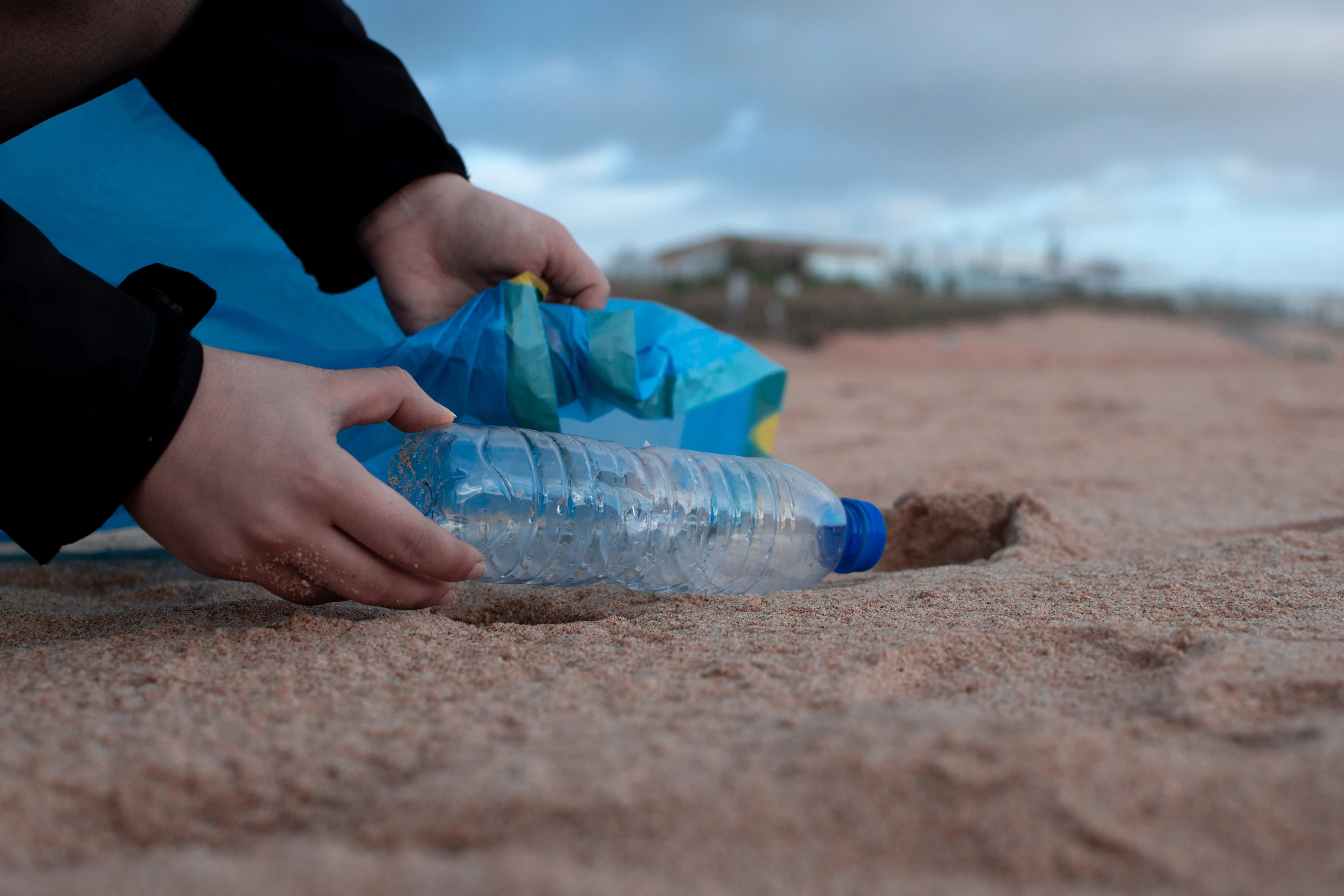
This is a simple yet effective lifestyle change you can make. Carrying your own reusable water bottle in your carry bag is a smart way to reduce waste. Plastic water bottles are an obvious target for waste reduction unless there is a contamination concern. Keep a refillable bottle on hand instead. Instead of using a disposable cup, most coffee establishments and restaurants will gladly fill your reusable bottle.
2. Purchase in quantity.
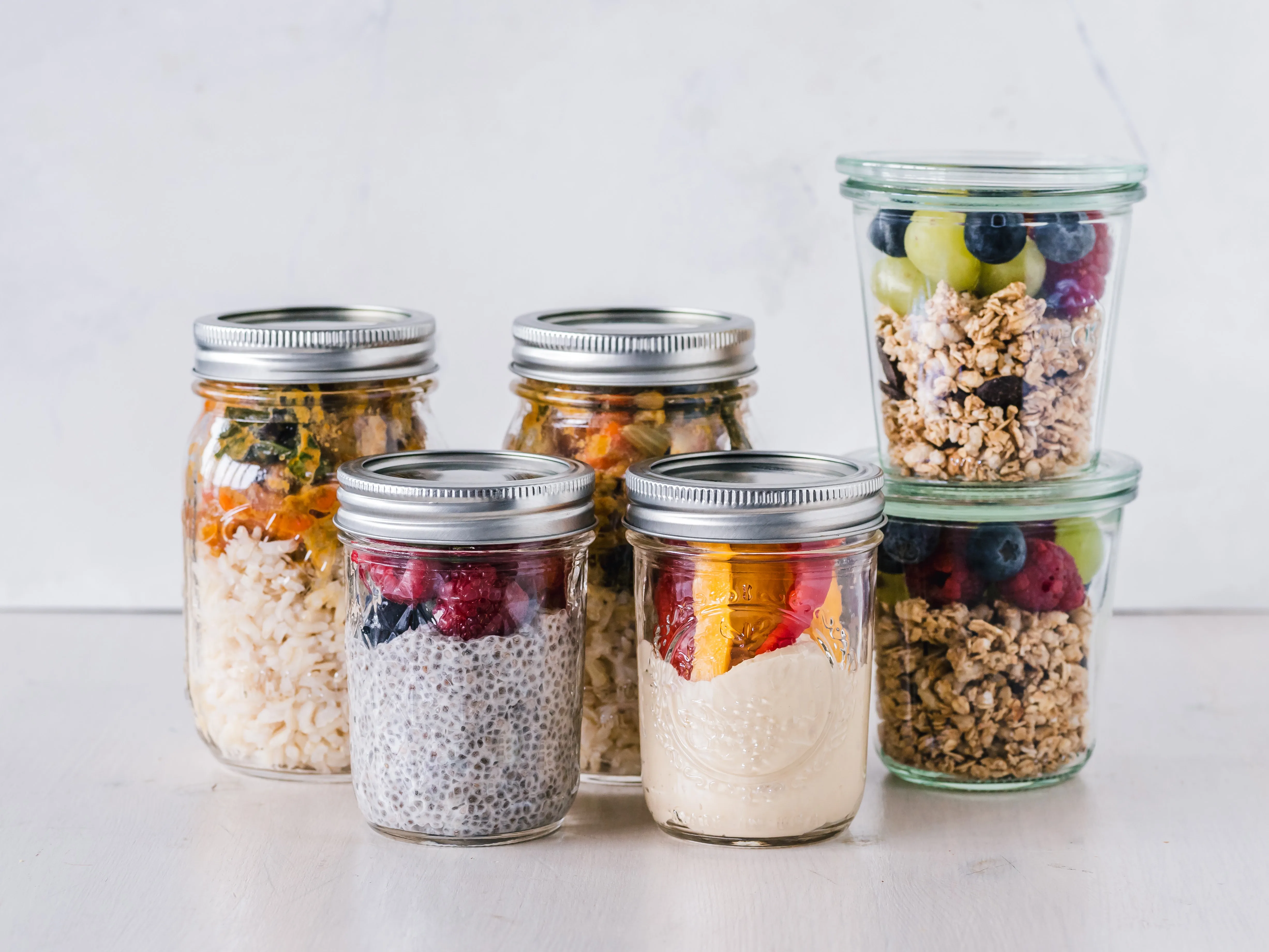
Consider the product-to-packaging ratio of items you buy frequently and choose the larger container instead of buying several smaller ones over time. Single-serving yoghurts, travel-size toiletries, tiny packages of nuts—consider the product-to-packaging ratio of items you buy frequently and choose the larger container instead of buying several smaller ones over time. The kitchen generates the majority of plastic garbage in many families. Bringing your own bags and containers and stocking up on bulk foods are two of the best strategies to avoid packaging waste.
3. Make your period as waste-free as possible.
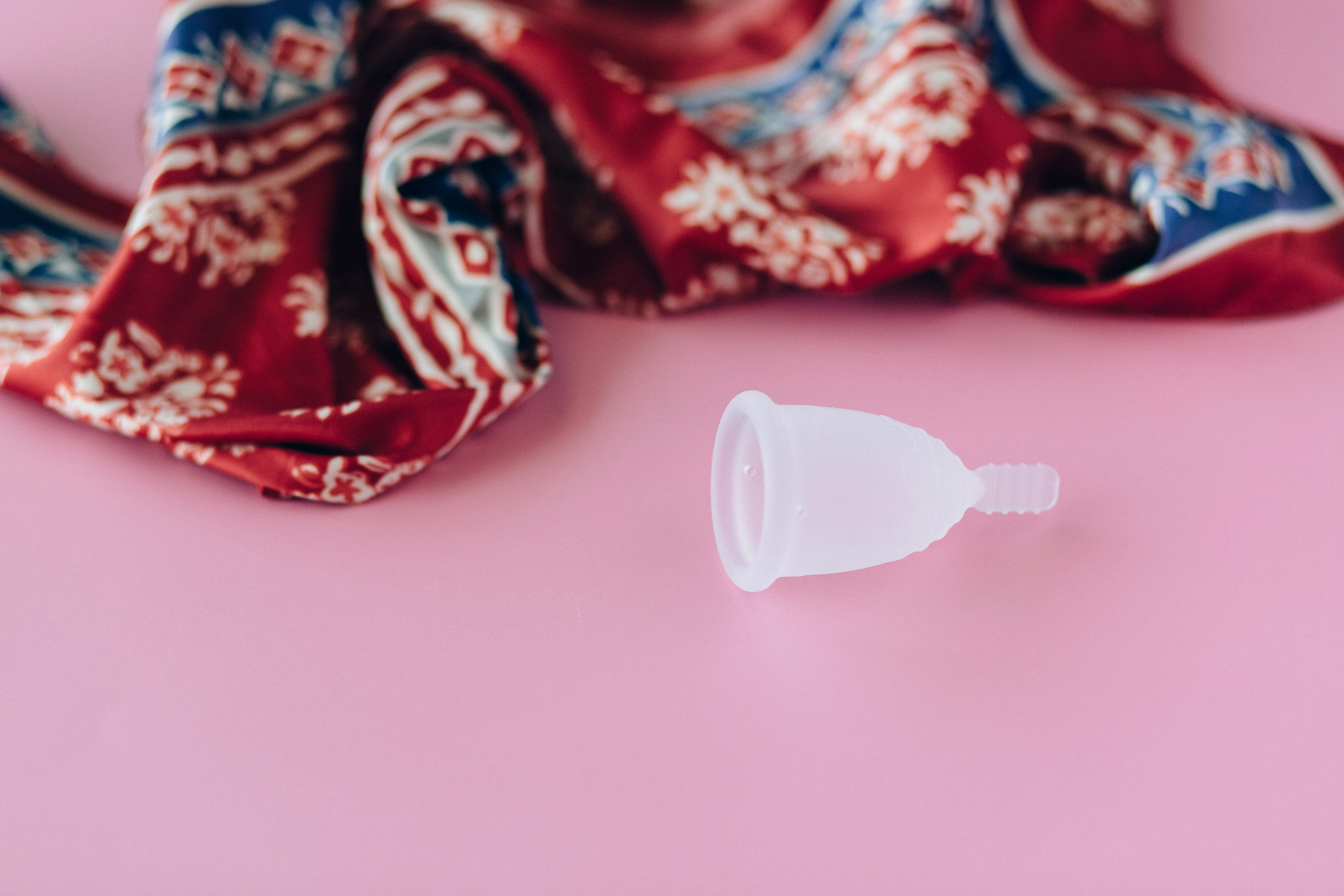
From the Peesafe Menstrual Cup to the Sanfe reusable pads, there are a variety of non-disposable choices for reducing period waste. All of these options help to lessen the massive amount of packaging that most pads and tampons come in. If giving up tampons isn't an option, try avoiding kinds with plastic applicators.
4. Bring a shopping bag with you.
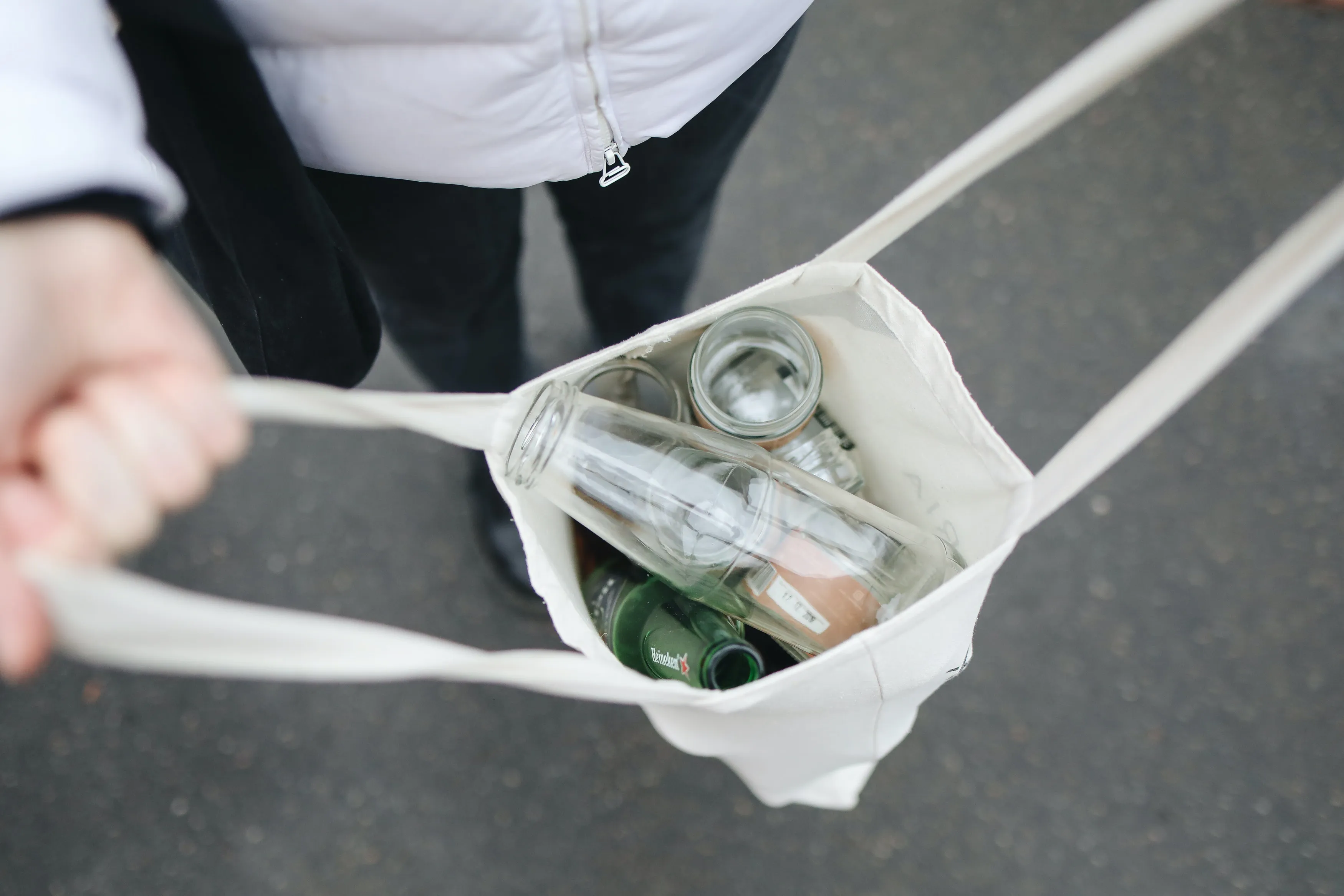
Since the introduction of the plastic bag tax in England, there has been a dramatic 85 percent reduction in their use. Many of us are accustomed to carrying an extra bag with us; if you're still having trouble remembering, try a foldaway bag that fits in your regular day bag.
Making a few minor adjustments can have a significant influence on the quantity of plastic we use on a daily basis.
5. Microbeads should be avoided.
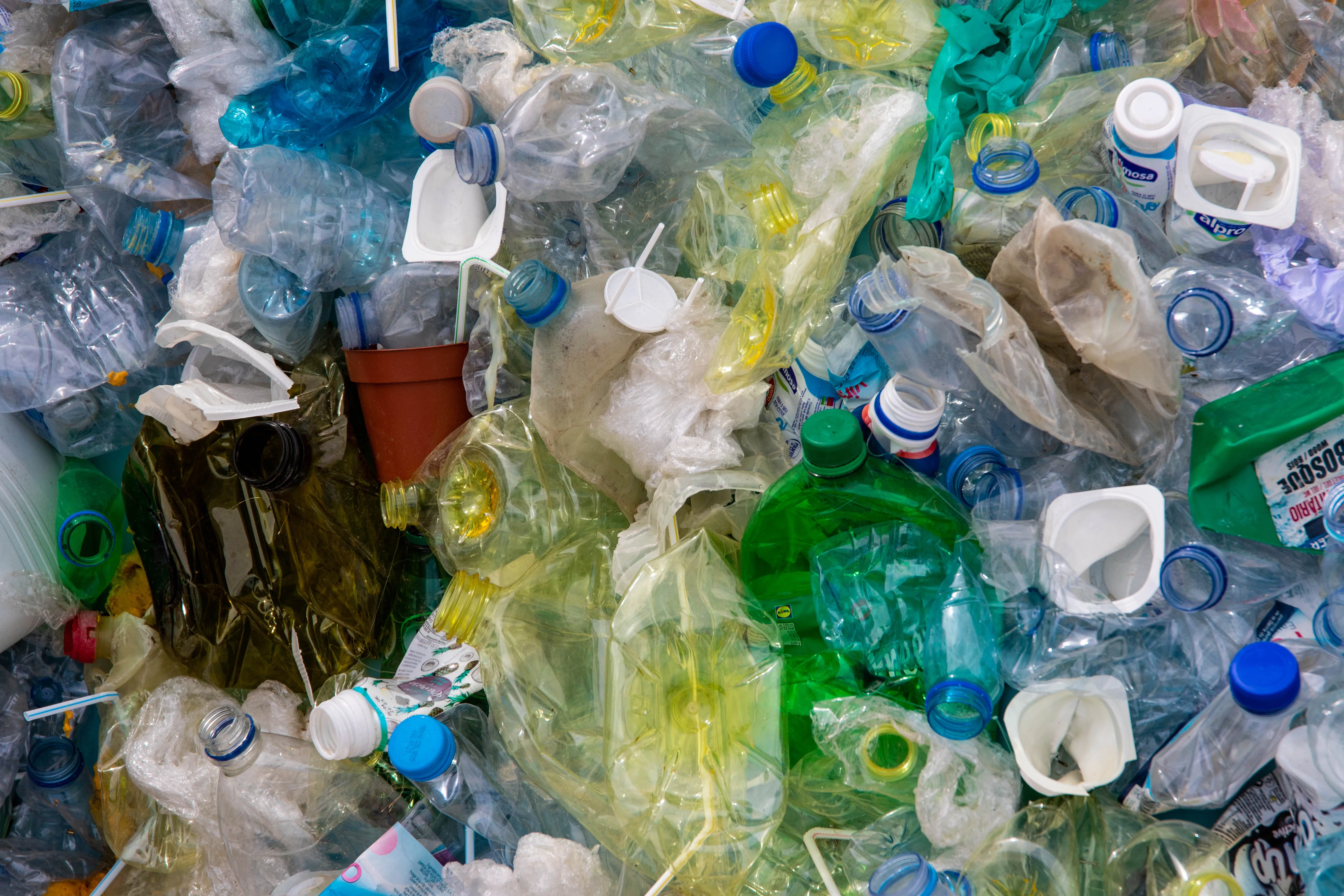
Plastic microbeads are used as abrasives in face scrubs, toothpastes, and body washes, and they're what give you that freshly scrubbed feeling. However, because of their small size, they are easily absorbed by marine species and enter the oceans through our sewer systems. Scientists have discovered that microbeads, along with other minute plastic particles, are making their way into the marine food chain, and that we, as the sea's apex predator, are now ingesting these plastics.
While some nations are beginning to prohibit the sale of microbeads, they are still available in many parts of the world. Look for scuba materials such as polyethylene and polypropylene in the ingredient list to avoid them.
6. Reduce the amount of food packaging you use.
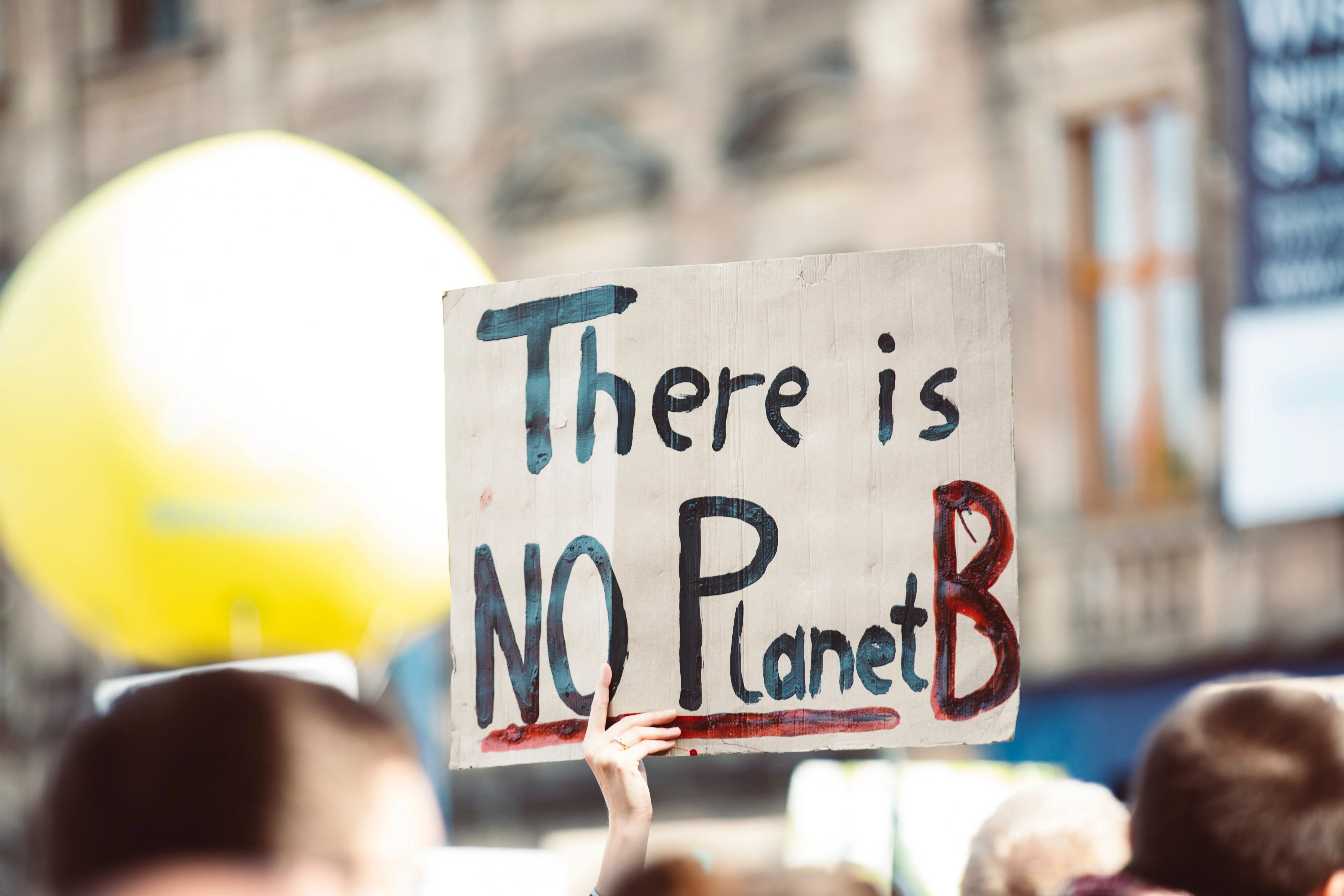
We may all strive to reduce the amount of plastic we buy by making different selections in the supermarket or shopping in a different location. Furthermore, loose fruit and vegetables are frequently less expensive than pre-packaged counterparts!
7. Use glass or steel containers instead of plastic Tupperware.
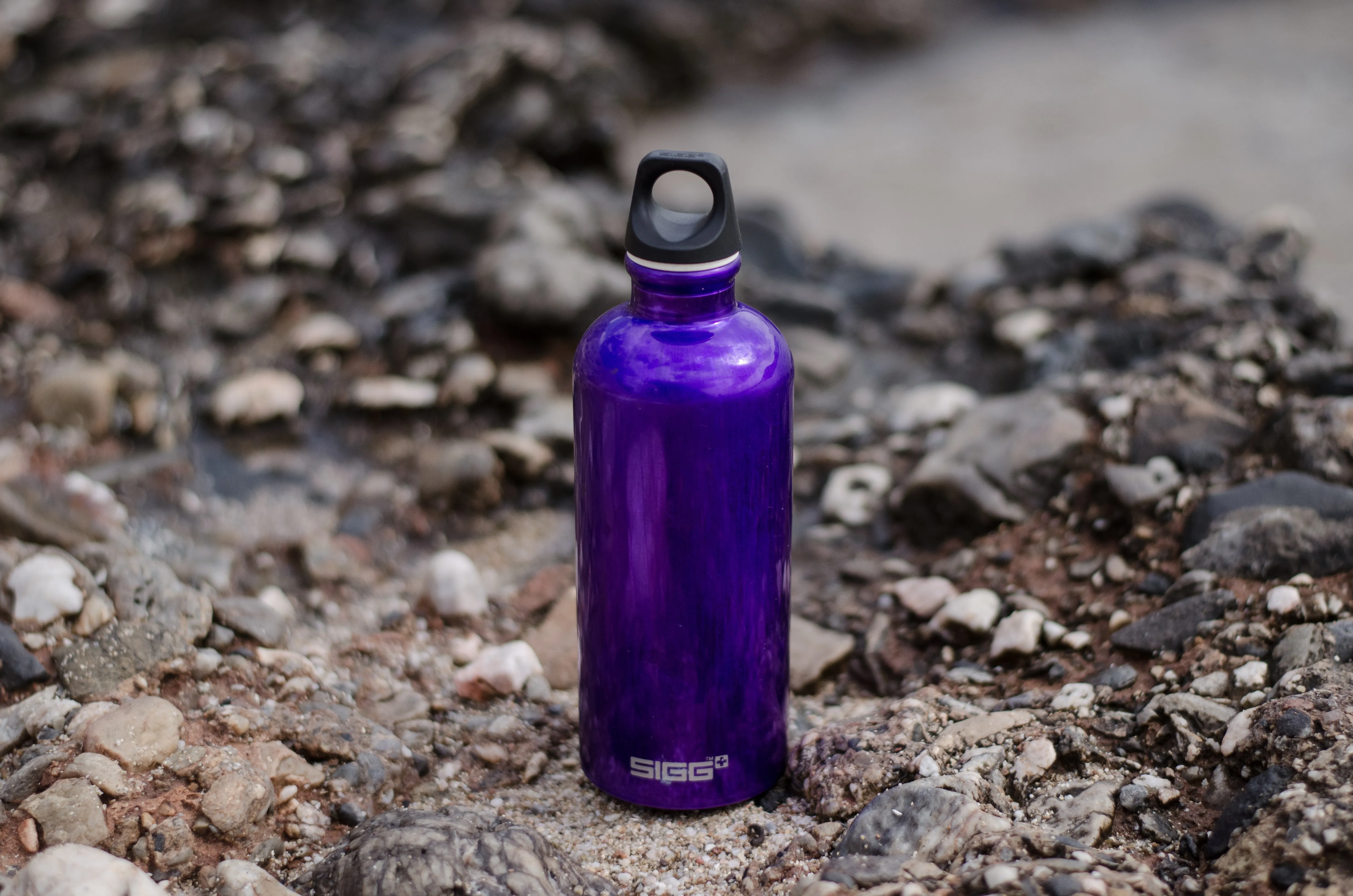
A Tupperware container is a part of your day if you eat at work. We recommend that you switch up your routine and use glass or stainless steel containers instead. It will benefit not just the environment, but also your health, as some of these plastic containers might leak dangerous compounds.
8. Manufacturers should be challenged.
Though we may make a difference by changing our own habits, corporations have a considerably larger impact. Make your voice heard if you believe a company could do a better job with its packaging. Write a letter, send a tweet, or simply give your money to a more environmentally friendly competitor.
The greatest threat to our seas is ignorance, and we have little hope of saving the oceans for future generations without education and awareness efforts, as well as activism for the marine environment. The issue is serious, but there are answers, and the more people who are willing to speak out, the better.
Consumers may make a difference by voting with their wallets by supporting businesses that use less plastics; talking to restaurants, cafes, and others in the food sector about plastic alternatives; and acting as advocates for a reduction in plastic consumption. We can help spread the news about plastic trash by supporting bans, donating to organisations that are making a difference, participating in beach and ocean cleanups, and supporting bans.
Conclusion
A goal we should all have today is not just to recycle and segregate our waste properly, but to just use and consume less. By doing this, you are actively participating in the movement to reduce plastic in our oceans. In addition to reducing your own plastic consumption, you can persuade your family, friends, and coworkers to do the same by setting an example, your impact on the environment will grow enormously.
Write, Record and Answer! Consume Unlimited Content! All you need to do is sign in and its absolutely free!
Continue with one click!!By signing up, you agree to our Terms and Conditions and Privacy Policy.










